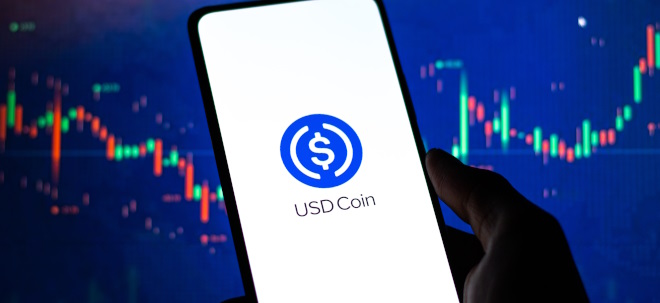New Data Reveal the Demographic Divides Driving US Consumer Confidence
Premium Dataset Also Includes Detailed Purchasing Plans Across Dozens of Goods and Services
NEW YORK, Oct. 23, 2025 /PRNewswire/ -- New data from The Conference Board Consumer Confidence Survey® reveal how views about the US economy are diverging by age, generation, political affiliation, and income. The findings are part of a new collection of granular confidence data available—for the first time—to media and businesses.
Younger Workers Face Tough Labor Market
The new data provide a deep dive into the widely tracked job market differential—the difference between the share of consumers saying jobs are "plentiful" and those saying jobs are "hard to get."
In September, the differential fell for the ninth straight month to +7.8% overall: 26.9% of consumers said jobs were currently "plentiful," compared to 19.1% who said jobs were currently "hard to get." While job market views remained positive on balance, that +7.8% was down from a recent high of 22.2% in December 2024.
Beneath those topline numbers, however, was a sharp generational divide: The new data show that Baby Boomers are still relatively thriving in today's workforce, with a job market differential of +14.9% in September. By contrast, the differential was +4.7% for Gen X, +3.6% for Millennials, and just +2.1% for Gen Z, illustrating the rising difficulty young workers face in today's job market.
Likewise, views of the labor market turned negative in September for those earning less than $35k per year, while job availability was strongest for middle-income consumers earning $75-100k.
Views on the Economy are Diverging by Party Affiliation and Age
The new data also reveal a growing partisan divide in views of the current economic situation. The impact of political affiliation on consumer confidence has long been noted, with Republicans consistently more optimistic when a Republican is in the White House and vice versa with Democrats.
This gap has widened in 2025, fueled by the souring mood of Independents as well as Democrats, especially regarding present economic conditions. In September, the Present Situation Index was 160.5 (1985=100) for Republicans, compared to 110.5 for Independents and 107.9 for Democrats. The gap between Republicans' and Democrats' views of the current economy has widened to over 50 points from roughly 35 in April 2025.
The newly released historical time series also show longer-term trends, including how post-pandemic expectations have diverged by age. Consistently since 2021 and 2022, older consumers have been more positive than younger ones about the present situation of the economy, but also significantly more worried about the future. This age gap is notably larger than what prevailed preceding the COVID-19 pandemic.
About the Consumer Confidence Survey® Premium Dataset
These insights are a part of a new Premium Dataset, which supplements The Conference Board Consumer Confidence Survey® with detailed demographic crosstabs and an expanded database of spending intentions across dozens of goods and services categories.
About The Conference Board
The Conference Board is the member-driven think tank that delivers Trusted Insights for What's Ahead™. Founded in 1916, we are a non-partisan, not-for-profit entity holding 501 (c) (3) tax-exempt status in the United States. TCB.org
![]() View original content to download multimedia:https://www.prnewswire.com/news-releases/new-data-reveal-the-demographic-divides-driving-us-consumer-confidence-302592412.html
View original content to download multimedia:https://www.prnewswire.com/news-releases/new-data-reveal-the-demographic-divides-driving-us-consumer-confidence-302592412.html
SOURCE The Conference Board


